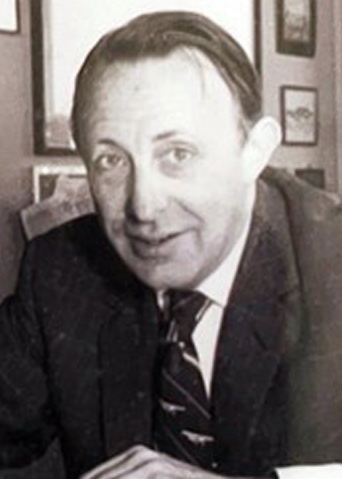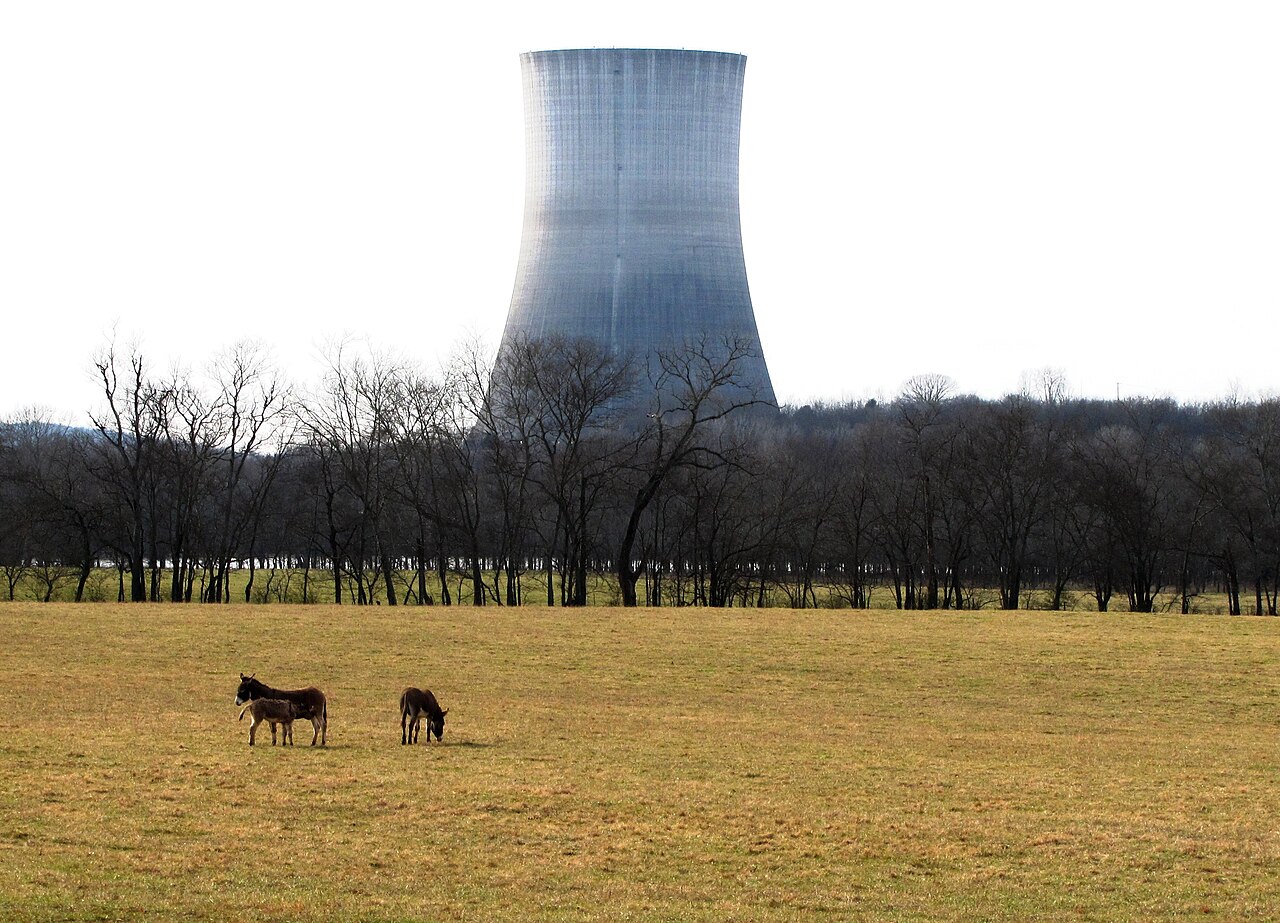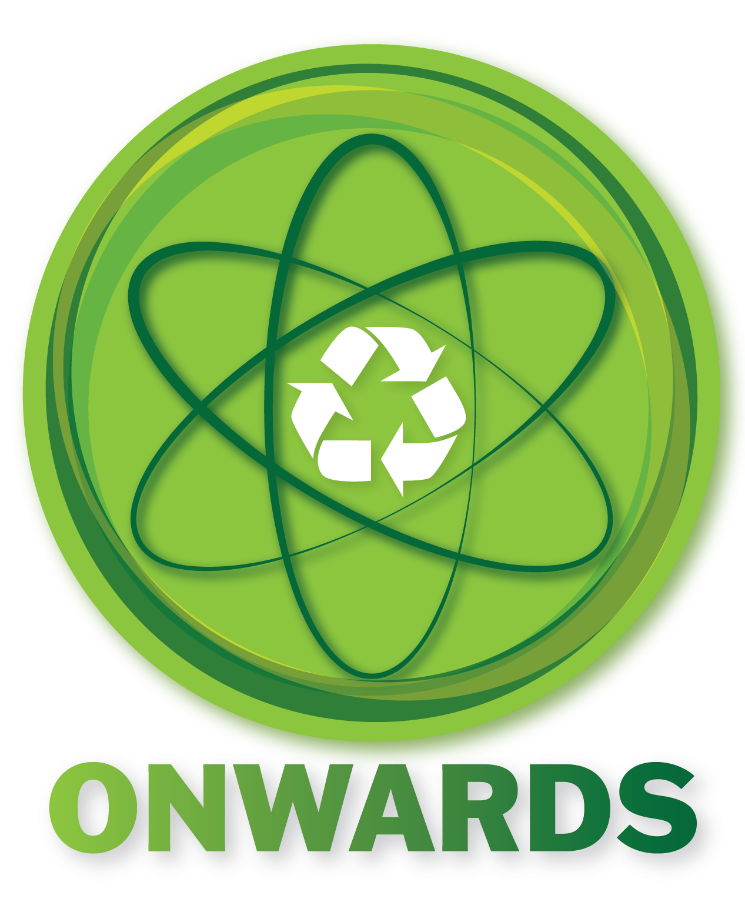The role of state universities as trusted anchors for public engagement in an age of energy and environmental transition

Sukesh Aghara
In an era when affordable, clean energy is as much an economic imperative as it is an environmental one, the Commonwealth of Massachusetts has an opportunity to lead not just through legislation but through partnership—between state leadership and its world-class universities.
Massachusetts has long led on decarbonization through electric vehicle adoption, rooftop solar, and offshore wind. We have reduced energy consumption through efficiency investments. From 2022 to 2024 alone, the state’s Mass Save programs facilitated energy savings equal to the annual usage of over 852,000 homes, avoided 684,000 metric tons of carbon dioxide, and delivered $2.3 billion in customer incentives. But to meet growing demand and industrial needs, it’s time to invite universities to help craft a bolder vision—one that includes advanced nuclear technologies.
A map of the Northeast Church Rock uranium mine site location. (Image: NRC)
The United Nuclear Corporation and General Electric will undertake a nearly $63 million, decade-long cleanup project at the former Northeast Church Rock Mine in northwestern New Mexico under a consent decree with the United States, the Navajo Nation, and the state of New Mexico.
A cooling tower at the canceled Hartsville nuclear power plant in Tennessee. (Photo: Brian Stansberry/WikiCommons)
Three people were arrested on January 3 when they paraglided onto the site of a canceled nuclear power plant in Hartsville, Tenn., according to Nashville news station WSMV.












